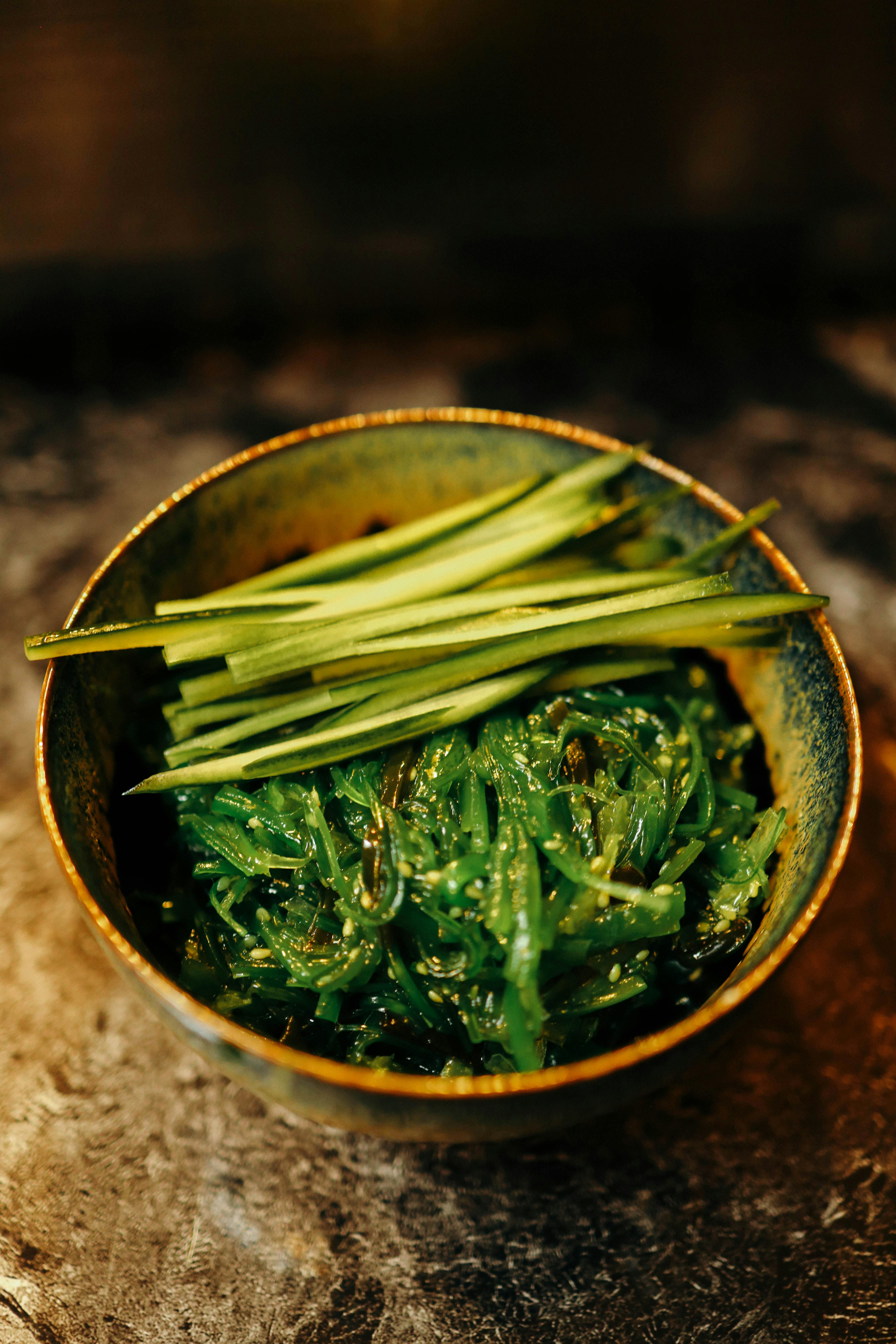How to Properly Cook a Boston Butt for Tender Results in 2025

How to Properly Cook a Boston Butt for Tender Results
Cooking a Boston butt to perfection is a skill that enhances any gathering, turning a simple meal into a delightful culinary experience. This larger cut of pork, also known as a pork shoulder, offers a rich, savory flavor profile and a tender texture when prepared correctly. It's more than just a hearty dish; it's a centerpiece for family dinners and festive occasions alike. Through this article, you will learn not just how to cook a Boston butt but also discover essential tips and techniques to achieve melt-in-your-mouth tenderness. From seasoning options to cooking methods, we will cover everything you need for a genuinely impressive oven-roasted Boston butt.
Here’s what you can expect to learn:
- The best seasoning blends and how to prepare your Boston butt for cooking.
- Cooking times and temperatures to achieve optimal flavor and tenderness.
- How to create side dishes that pair beautifully with your finished meal.
- Tips for handling leftovers and reimagining them into new dishes.
Understanding the Boston Butt Cut
The Boston butt is a cut of pork that comes from the upper region of the pig's shoulder, rich in flavor and well-marbled with fat. This fat is crucial as it renders down during cooking, helping to keep the meat moist and flavorful. Unlike other cuts, the Boston butt's size and fat content make it perfect for slow roasting, braising, or smoking.
Seasoning Your Boston Butt
When it comes to flavor, the seasoning is key. A good Boston butt rub can elevate your dish significantly. Popular options include a simple salt and pepper mix or a more complex blend of spices such as paprika, garlic powder, and brown sugar. If time permits, marinating Boston butt overnight can help deepen the flavors even further, allowing the rub to penetrate the meat. For those looking for a Southern-style touch, consider adding an apple cider vinegar glaze during the last stages of cooking.
Preparing the Boston Butt for Cooking
Prior to cooking, trim excess fat from the Boston butt, but leave some to ensure moisture during cooking. This also aids in achieving a crispy outer layer as the fat renders down. Next, apply your chosen seasoning generously, ensuring it covers all sides of the meat. For extra flavor, you can poke small holes in the meat and push some seasoning blend into these pockets.
Key Techniques for Cooking Boston Butt
With the seasoning and preparation complete, it’s time to explore essential techniques for cooking a Boston butt that yields incredible tenderness.
Choosing the Right Cooking Method
While there are several ways to cook a Boston butt, the oven method stands out for ease and reliability. Preheat your oven to 225-250°F (approximately 107-121°C) for low-and-slow cooking, which allows for the fat to break down and the meat to become exceptionally tender. Alternatively, you can consider braising Boston butt in a Dutch oven, which will help retain moisture and flavor.
Boston Butt Cooking Time
The cooking time for a Boston butt can vary based on its size, but a general rule of thumb is to allow about 1.5 hours per pound at low temperatures. Always use a meat thermometer to check for doneness, aiming for an internal temperature of around 195-205°F (90-96°C) for perfect tenderness.
Resting Your Boston Butt
Once your Boston butt reaches the ideal internal temperature, allowing it to rest is crucial. This resting period helps redistribute the juices, resulting in a moisture-rich, tender result when sliced. Cover it loosely with foil and let it rest for at least 30 minutes before slicing or shredding.
Serving and Pairing Your Boston Butt
After slaving over your delicious Boston butt, the next step is serving it right.
Best Side Dishes for Boston Butt
Boston butt pairs wonderfully with various sides that complement its rich flavors. Consider classic options such as homemade coleslaw, baked beans, or corn on the cob. Roasted vegetables can also enhance your meal, as their sweetness balances the savory depth of the meat.
Using BBQ Sauce and Glazes
Enhancing your Boston butt with a premium BBQ sauce can heighten the flavor experience—especially if you’re serving pulled Boston butt sandwiches. Apply the sauce towards the end of the cooking process for a sticky, glaze-like finish, or serve it on the side for dipping.
Culinary Variations to Explore
Don’t hesitate to get creative! Explore unique marinades such as beer or apple cider bath, or try incorporating fruits in your dish—caramelized apples can add a delightful sweetness to the savory character of the meat. The possibilities are endless.
Common Mistakes to Avoid While Cooking Boston Butt
Even with the best intentions, some common pitfalls can lead to less-than-perfect results.
Overcooking or Underseasoning
One of the biggest mistakes is overcooking the Boston butt, which can make it dry. Keep an eye on the internal temperature. Additionally, underseasoning can lead to bland results. A well-seasoned rub or marinade is essential for maximum flavor.
Improper Slicing Techniques
When it’s finally time to slice your Boston butt, cutting against the grain will ensure tender bites. If you shred the meat for pulled pork, using two forks or your hands will yield the best texture. Always wait until the meat is rested to slice or shred; otherwise, you risk losing valuable juices.
Not Thinking About Leftovers
Boston butt leftovers are a blessing, but improper storage could ruin them. Be sure to refrigerate them in an airtight container. Additionally, consider repurposing your leftovers into soups, tacos, or sandwiches to keep meals exciting throughout the week.

Expert Tips for Cooking Boston Butt Successfully
To master your Boston butt cooking process, consider these expert tips.
Using a Meat Thermometer for Accuracy
Investing in a good meat thermometer is key for precise cooking. Check the temperature of the thickest part of the meat, ensuring that it hits the desired range. This gadget is invaluable when it comes to understanding when your pull-apart Boston butt is ready.
Exploring Flavor Profiles Through Marinades
Experiment with different marinating agents that can enhance flavor, such as citrus juices or alcohol, to add depth. Marinating overnight can dramatically affect the overall taste and tenderness of the meat.
Coalition with Slow Cooking Techniques
For busy days, consider a slow cooker or even smoking your Boston butt. The slow-cooked method locks in flavors and results in beautifully tender meat, perfect for busy weeknights or Sunday dinners.
Conclusion
In conclusion, mastering the art of cooking Boston butt will not only impress your guests but also enrich your culinary skills. With a focus on proper preparation, seasoning, and cooking techniques, you can create a dish that is celebrated for its texture and flavor. Whether you’re making it for a casual gathering or a festive celebration, the perfect Boston butt is achievable with these guidelines. Enjoy the robust flavors, and don’t forget to have fun experimenting with the side dishes and sauces to create a truly memorable meal.

Utilizing these best practices will ensure that your Boston butt dish shines, cementing your reputation as the go-to chef for all gatherings in the year 2025 and beyond.